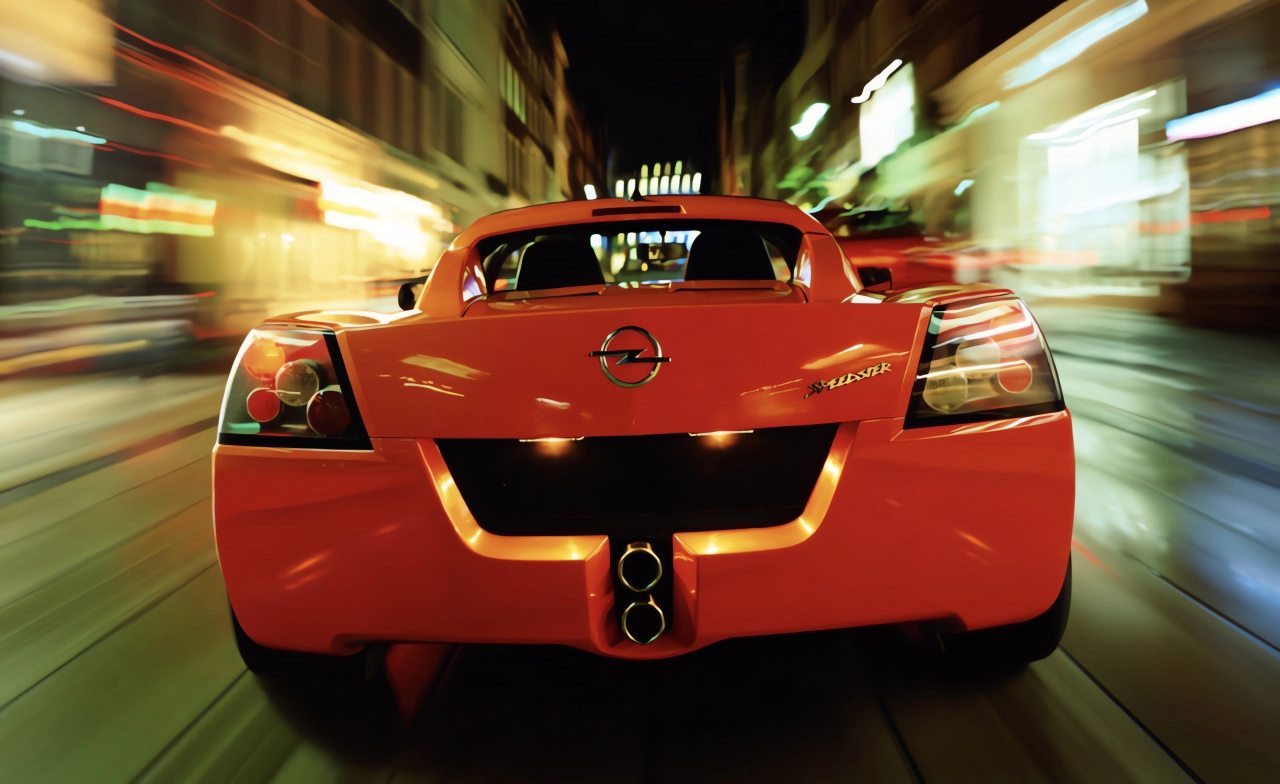
Once upon a time, there was a small software studio named Raising Hell Software, headed by Martyn Chudley. They delivered successful 2D action-packed titles like Combat Crazy and Wiz 'n' Liz. It was a shift from these platforms to 3D racing that set the team, later known as Bizarre Creations, on a new trajectory. Their undertaking of the official Formula 1 game for Sony's PlayStation transitioned Chudley's team towards realistic 3D racing experiences.
Surprisingly, it was this Formula 1 game that caught the eye of Sega. An unconventional technique led Sega's Katsuhisa 'Kats' Sato to discover Bizarre Creations after they had been quietly working behind the scenes. Chudley recounts how Sega, keen on technology for its upcoming Dreamcast, gathered developers to discuss potentials for the new console. Amongst those present was Sega's boss, Kazutoshi Miyake, who emphasized their vision for competition against Sony's PlayStation 2.
Bizarre Creations' relationship with Sony ended after a deal with licensing fell through, despite the success of their F1 games. The incident led the studio to reconsider their partnership and, looking for change, they decided to collaborate with Sega. This marked a pivotal change for the studio, as Sega provided a fresh development environment.
Their collaboration eventually led to the inception of Metropolis Street Racer. But making the game was not a linear process. The ever-changing specs of the Dreamcast and Bizarre Creations' pushback against using Microsoft's OS platform posed early challenges. Still, once the Dreamcast's hardware details settled, the team felt relief and excitement to create a new racing experience with real-world cars and cities—a leap from the usual racing game formulas.
Securing car permissions and ensuring they felt authentic in the game was a central focus. Chudley shares anecdotes like renting a Mercedes SLK only for the engine to blow on a Dyno, reflecting the extremes they went to capture true car physics and sounds. The soundtrack also formed a core part of the game's identity, with acclaimed composer Richard Jacques leading the auditory experience.
As development continued, major problems arose, such as the game heading in an undesirable direction and an underwhelming reception at an early demo. This led to a reevaluation and a complete overhaul of the initial work, including the game engine. With financial risks high, development pressed on with intense work weeks, leading to significant changes and new features, such as the Kudos system—a reflection of real-life driving exhilaration.
The additional year of work put a strain on the studio's finances, but it resulted in a significant evolution for the game, including a more grounded, realistic approach. Unfortunately, after all the hard work, Metropolis Street Racer launched with bugs and missed out on potential features like online play and full replay modes—features limited by the technology and scope of the project at the time.
Despite these imperfections, Metropolis Street Racer was a definitive racing game for the Dreamcast, though it didn't achieve the sales success that the studio had hoped for, in part due to the timing of the Dreamcast's decline. Sega's decision to exit the hardware market soon after the game's release left Bizarre Creations in a precarious position, though they retained rights to the game, which paved the way for the future Project Gotham Racing series with Microsoft.
Transitioning to Microsoft marked a new chapter for Bizarre Creations, which would go on to achieve great success with the Project Gotham Racing series before being acquired by Activision. While the closure of the studio marked a sad end, the legacy of Metropolis Street Racer endures, influencing generations of racing games and showcasing a studio's passion and dedication to its craft.
Bizarre Creations' journey from a small 2D action platform studio to an influential 3D racing game developer stands as a testament to the hard work and creativity that powered the gaming industry's evolution throughout the years.
You must be logged in to post a comment!